#ottoman history
Text







Women in History Month (insp) | Week 2: Royal Mothers
#historyedit#perioddramaedit#women in history#women in history month challenge#blanche of castile#french history#turhan hatice sultan#ottoman history#ririkumutima#burundese history#african history#louise of prussia#german history#çiçek hatun#bathsheba#jewish history#queen jeongsun#korean history#13th century#17th century#19th century#15th century#10th century bc#18th century#mine#my edits
113 notes
·
View notes
Text

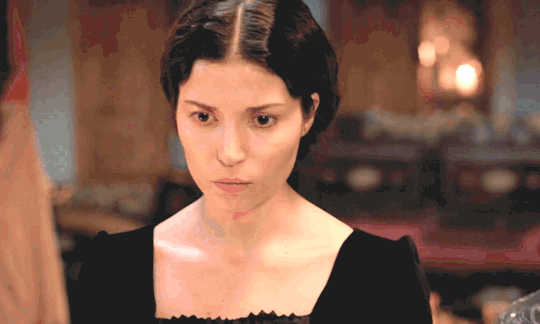

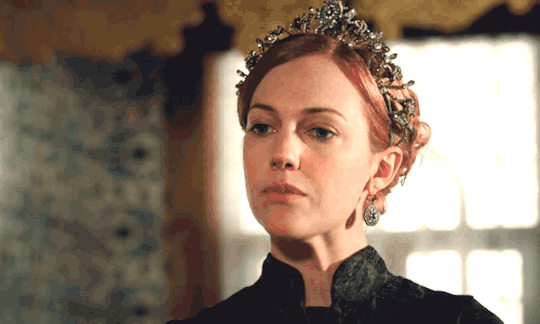






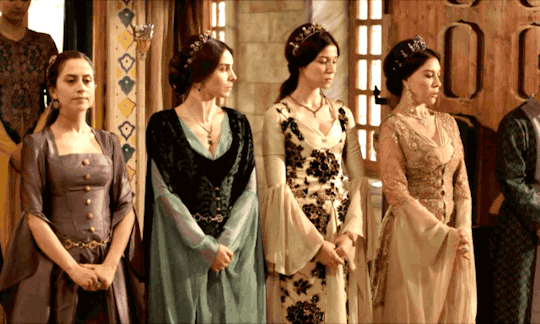





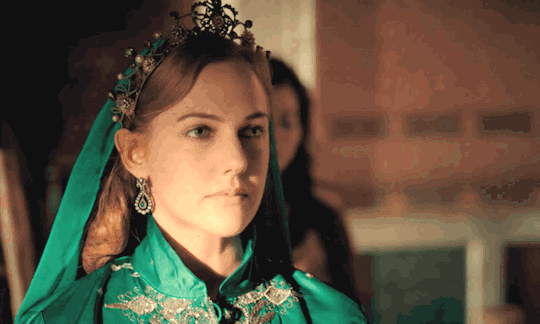


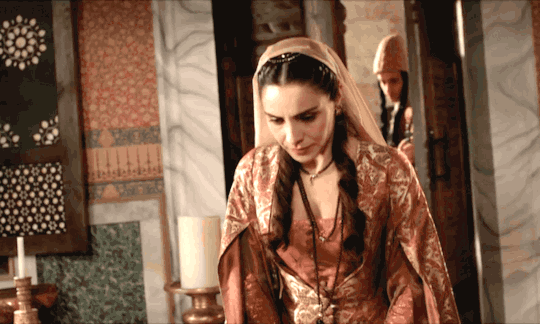
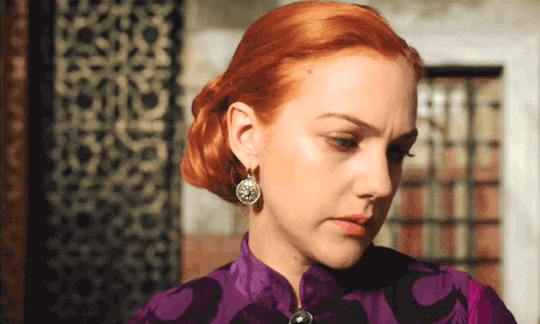

"According to the criterion of stipend, the haseki, or favorite concubine, enjoyed the greatest status in the imperial harem after the valide sultan. The haseki, a slave concubine and no blood relation to the reigning sultan, ranked higher than the sultan's own sisters and aunts, the princesses of the dynasty." - The Imperial Harem: Women and Sovereignty in the Ottoman Empire by Leslie P. Peirce
#Muhteşem Yüzyıl#Magnificent Century#mcedit#weloveperioddrama#perioddramaedit#period drama#perioddrama#historical drama#Muhtesem Yuzyil#MC Haseki AU#Hurrem Sultan#Hatice Sultan#Sah Sultan#Beyhan Sultan#Fatma Sultan#Mahidevran Sultan#Huge Disappointment#The Unjust Orders#Desperate Measures#The Years Pass#The Three Hour Battle#Death in the Hammam#ottoman history#history#New Shocks#Declaration of War#How Dare He?#A Feast in a Time of Mourning#I Will Rule the World#Unexpected Blow
167 notes
·
View notes
Text

Gold decorated yatagan commissioned for Sultan Bayezid III, Ottoman Empire, 1481-1512 AD
from The Musuem of Islamic Art, Qatar
212 notes
·
View notes
Text
LAZAREVIC SISTERS II
Princess Dragana Lazarevic

Early Life
She was born as the second out of five daughters of Lazar of Serbia with his wife; Milica. Her date of birth might be around the late-1350s or early-1360s.
She is the namesaker of her paternal aunt; Dragana Hrebeljanović, the wife of a man named Musa. She was likely born and raised in Prilepac with her eldest sister; Mara, before moving to Krusevac.
Not much is recorded or known about her early or later life, but most people believe her to the second wife of Emperor Ivan Shishman.
Marriage to…….. Shishman
A lot of Serbian sources are divided about the identidy of her husband, but he certainly was an imperial representative of the Shishman family, and they married around 1386.
Though Nikola Giljen, mentions her as the wife of Emperor Ivan Shishman, this seems highly unlikely, as Ivan was executated in June 3rd of 1395, and later that year in September, Dragana’s mother; Milica (Now Nun Eugenia) met with the fraternal council of the St. Paptelejmona monastery to discuss financial support that should be given to her daughters in case of poverty in widowhood.
Nowhere does it mention the recent widowhood of one of her daughters, it can then be concluded that she is not the second wife of Ivan Sishman, but instead the wife of his eldest son; Aleksander Shishman.
The confusion of her husband’s identidy might be due to the fact that Ivan Shishman proclaimed his eldest son; Aleksander as co-ruler and so by their marriage right both Dragana and Ivan Shishman’s second wife were referred to as “Empress Consorts.”
Nonetheless, nothing is known about the relationship she shared with her husband. Like most royal marriages at the time, it had more to do with the union of two houses into a paternership than a privy love affair.
As Turks
In 1393, Sultan Bayezid Han conquered Trpovo on July 17. Ivan and his family were captured, it does seems like Dragana was one of the family members who were captured.
In 1395, Ivan Shishman was executed by order of Sultan Bayezid. In the meantime Aleksander converted to Islam (It is unknown if Dragana converted with him) and became Iskender. Bayezid showed mercy to his kin and put him in a position of power, Iskender became the governer of an area near the Black Sea and was now referred to as "Iskender Bey".
Later Life
Nothing is known about the later life of Dragana, after 1395 Serbian sources lost track of her.
Wether or not she outlived her husband is unknown, but if she did this might confirm that she did in fact convert to Islam along side her husband and became Turk, which is why she never returned home; to Serbia.
Issue
There are no known decsendants of either Iskender Bey or Dragana.
( Sources: “КЋЕРИ КНЕЗА ЛАЗАРА ИСТОРИЈСКА СТУДИЈА ПОГОВОР” by Jelka Redep, Dve srpske sultanije : Olivera Lazarevic (1373-1444) : Mara Brankovic (1418-1487) by Nikola Giljen )
#Dragana Hrebeljanović#prince Lazar#Tsar Ivan Sishman#Aleksander Shishman#Alexander Shishman#Serbia#Dragana Lazarevic#DraganaLazarevic#bayezid the thunderbolt#geology#history#ottoman history#lazarevic dynasty#14th century#15th century#middle ages#medieval#Milica Hrebeljanović#lazarevicsisters#draganalazarevic
37 notes
·
View notes
Text

“Take my shirt and lay it over my father's face: he will recover his sight. Then bring your whole family back to me.”
Surah Yusuf verse 93.
In different eras and places among Muslims talismanic shirts were worn under the regular robes of people to offer protection from Nazar and Sihr. It is believed that this tradition dates back to the prophet Yusuf (Joseph). One of the more famous practitioners of this tradition are the Ottomans, sultans such as Cem Sultan and Süleyman-ı Evvel wore them. This Quran verse is what inspired this.
#books#history#literature#religion#theology#mysticism#esotericism#religious#orthodox#sufi#Sufism#ottomans#ottoman history#islam#islamic history#islamic theology#islamic tradition#traditionalism#traditional#sunni muslim#shia muslim#Muslims#shia#Sunni#haqq#hanafi#ahlulbayt#Middle East#orient#oriental art
68 notes
·
View notes
Text
Top of Topkapi, Men Edition- L'Impero Ottomanzo
Italian joke- manzo (literally male cow) means "hunk".
This will be a battle royale (sultanyale? Imperyale?), with the highest squaring off later if needed.
Ağalar, hatunlar and nonbeynary friends, GO!
-This is updated to Episode 16!-
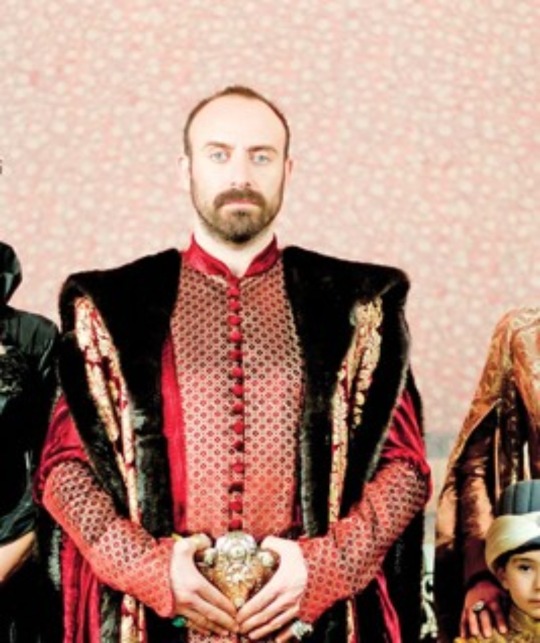
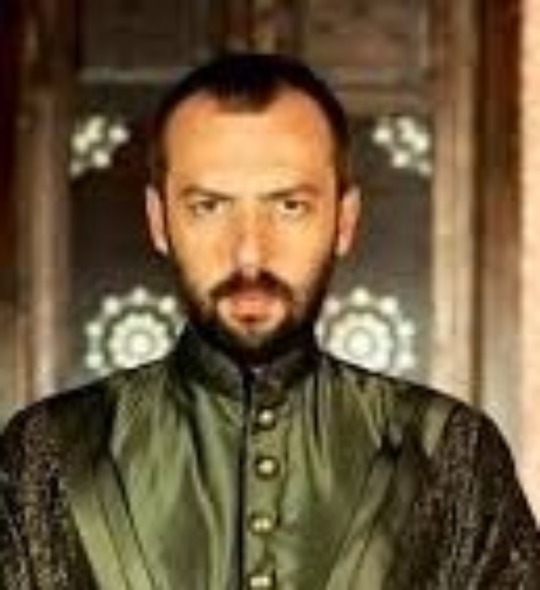




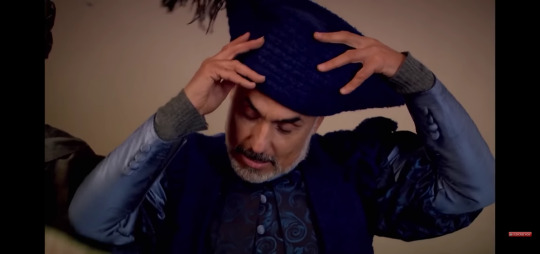

#magnificent century#muhteşem yüzyıl#magnificent tumblring#magnificent memes#sultan suleyman#ottoman history#dizi review#Piri Pasha is out due to unfairness for everyone else#Sumbul not having some parts does not mean he can't turn on yours#if this was classiest man he'd have won already#who s gonna be the lono of your hearts#i m about to be surprised probably#lets go
119 notes
·
View notes
Text


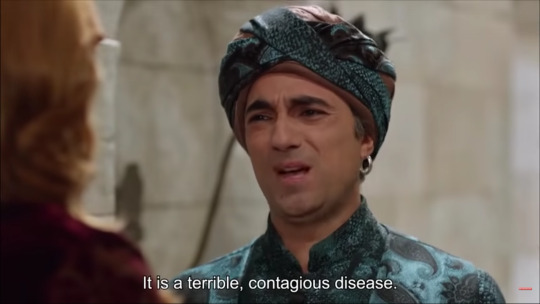
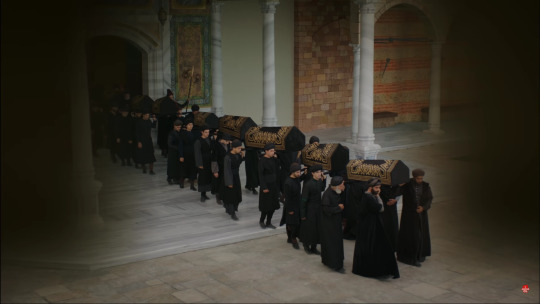


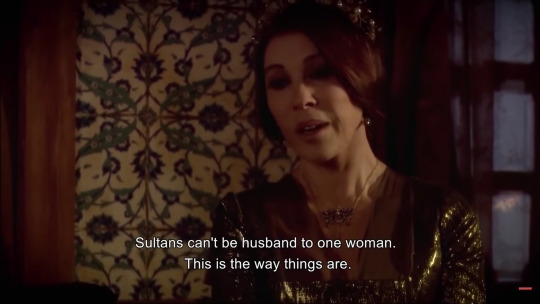
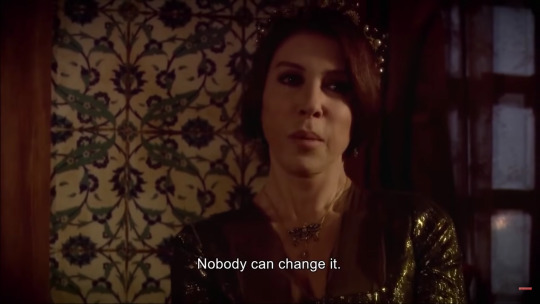

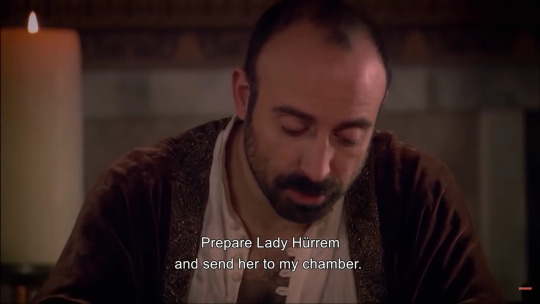
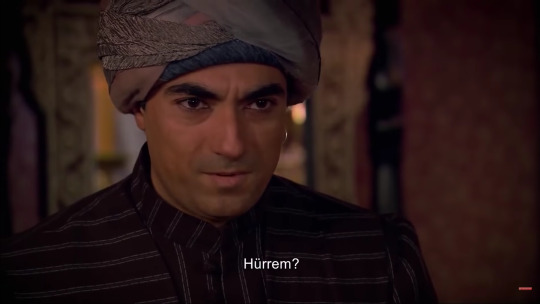





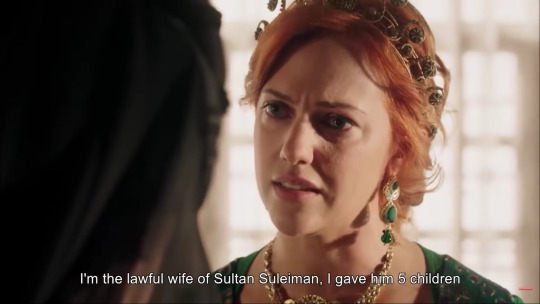
—Peirce, Leslie. Empress of the East: How a European Slave Girl Became Queen of the Ottoman Empire
35 notes
·
View notes
Text
Mistakes in Magnificent Century part I
In part I I would like to speak about mistakes they made while writing characters. Their ages, titles, origins etc.
Let's start with Ayse Hafsa Sultan:
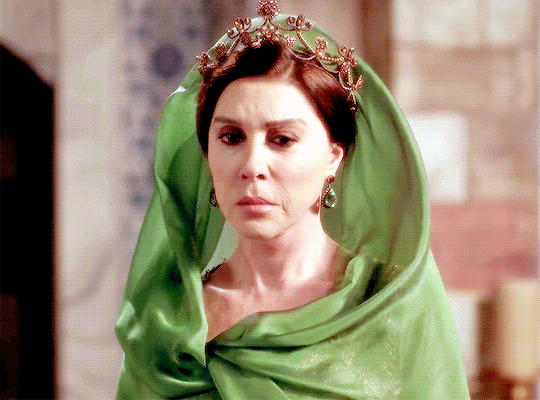
Several things about her were done wrong. First of all, She was not Crimean princess. There are two possibilities that although contradicts one another counters her royal origin. 1. There was another concubine named Ayse,who was daughter of Crimean khan, while she was called Ayse Hafsa for that reason 2.( I agree with that possibility more ) there was no concubine from Crimean family Sultan Bayazid would never let Selim, who was not his favourite, to gain such allie, nor would khan of Crimea risk to marry her daughter to non-favoired prince. Besides, Selim did not have much of a support from Crimea during his Rebellion.
As we more or less agreed that Ayse Hafsa was not Crimean, now we have to agree on where she was from. Legendary mother of the Magnificent sultan was actually converted slave of Caucasian origin, therefore she was either Circassian or Georgian.
Third thing about her is her title. Screenwriters both demoted and promoted her in this case. She was not "Valide Sultan" as we know today, first holder of that title would be Nurbanu 40 years after her death. She was Sultan and respected mother Padisah yes,but those two honours never joined for her. She was simply " Mother of Sultan Suleiman",who had title of Sultan instead of Hatun. While Nurbanu was full fledged "Valide Sultan" and was addressed so. Despite not being Valide Sultan, she was the first slave in Ottoman history, who was elevated to Status of Sultan that was never underlined in the show.
Other mistakes about her are how they represented her pre-1520 life, which I will discuss in Part 3 about "Titles, ranks and traditions" and her relationship with daughters- in law, that will be discussed in part 2, that will be specifically about relationships.
2. Ages of Suleiman's sister.
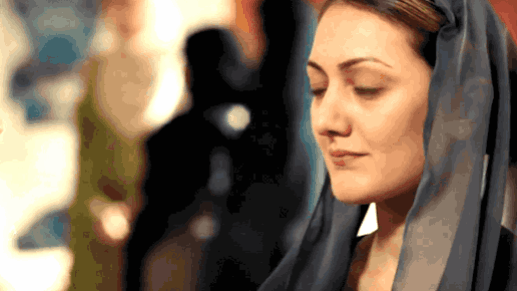
In the show Suleiman Seems to be older, followed by Sah or beyhan, Fatma being somewhat middle and Hatice as baby of the Family, while actually going backwards. One thing I want to make clear is that all the full sisters of sultan were older than them(before 1522 of course), half sister could have been either younger or older. So Fatma, Beyhan and Hatice despite being portrayed as younger sisters were definitely older. A more accurate sequence would be:
Hatice- c. 1490
Fatma: 1491-92
Beyhan: most likely 1493
Suleiman: 1494
Hafsa: 1495
Sah-huban: 1500
Suleiman also had at least three brothers orhan, salih, who seemed to be older than Suleiman, a sister who likely died during childhood and Shehzade sultan or Hanim sultan, who was either another sister or perhaps she never existed and all the little sources about her is actually about hatice.
3. Origin of Sah Huban Sultan.

She was not the daughter of Hafsa and older sister of Hatice, she was actually the youngest of shown siblings,born as the only child of an unknown concubine registered as " The mother of Sah Huban Sultan".
4. Origin of Hurrem

In the show she was portrayed to be Crimean and was addressed as " Russian slave" numerous times. However, she was actually from Ruthenia, it was then part of the Polish crown, now it's part of Ukraine, so definitely not Russian.
5. Forgotten Children
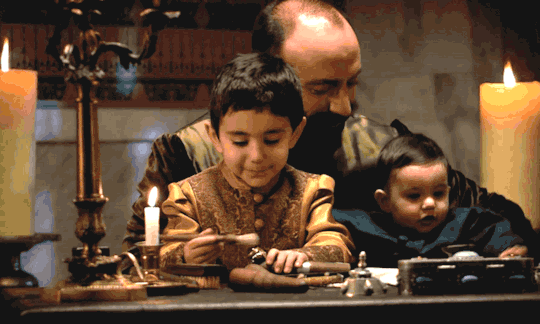
Apart from the six children that were shown in the show, Suleiman had four other children. Three sons and a daughter.
Shehzade Mahmud and Shehzade Murad were born before Hurrem arrived and had different mothers. Mahmud was the eldest born in 1512, Murad was younger than Mustafa born in 1519. Raziye was born between 1513 and 1518, but most likely she was born in 1513-14 as she seems to be the second child and old enough to be considered Mahidevran's(which is by the way false). All three of them died in 1521 as the result of the plague.
The fourth child Shehzade Abdullah was born as the fourth child of Hurrem and Suleiman, born in 1525 and died in 1528. His date of birth is kind of troubling, some historians argue if he was born in 1525,some even say he was Mihrimah's twin, but considering no birth of twins registered, definite ages of other kinds and his appearance in Hurrem's letters Abdullah seems to be born in 1525.
6. Nurbanu's Triplets

Mistakes about the birth of Selim I daughters are more or less clear, let's speak about Selim II as well.
In the show, triplets- Sah, Esmahan and Gevherhan were introduced as younger twin sisters of shehzade Murad. In reality, all three were older but certainly not twins, Sah was not even Nurbanu's daughter, she shared the birth year with Gevherhan though, both were born in c.1544, then was Esmahan in 1545, Murad in 1546, at this point Nurbanu stopped giving birth to any more kids, last of Selim II's kids was Fatma born in 1559.
7. Origin and death of Gulfem hatun
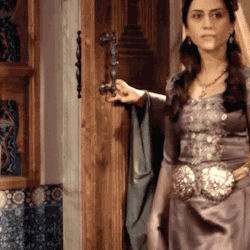
In "Magnificent century" Gulfem is portrayed as Suleiman's first concubine, who bore a son,but lost everything after he died. In reality, Gulfem was one of the highest ranking harem managers, whom Suleiman trusted Hurrem to, she was overseeing her education and well-being, bonding with future Haseki Sultan in the process. Gulfem actually became the closest friend and Confidant of Hurrem, about which I will speak about in part II.
Her death was also portrayed inaccurately. She was not killed for the attempted murder of Suleiman, The closest rumor to it is him executing Gulfem for rejecting him,but she actually died of old age. Suleiman had no reason to execute Gulfem,there is a version were Gulfem exchanges her Night to other concubine to for money to build complex,but there are so many flaws in this theory:
1. There was no such thing in harem as "my turn and your turn"
2. It was strictly against the traditions to call harem servant, especially one from the highest ranks, and considering when it happened in kate nineteen-early twentieth century at caused some probmens,which means tradition was never broken before
3. Gulfem had right to send concubine to Suleiman and even reject one already chosen.
4. Suleiman had no known concubine that time
5. Gulfem was not building anything as all of her projects was already finished.
6. Even if she was building something, it would cost so much mere concubine would never have enough money to help it. Gulfem's daily stipend was 150 akches, which is almost four times as much as Mahidevran's and almost as much as imperial princesses', while titles concubines were receiving 1-6 depending on their status.
7. Even if she needed something she would ask it to either Suleiman, Mihrimah or Sah huban as we know it had happened before and they thought her as family member.
8. Even if we just jump these 7 reasons and somehow accept that Suleiman realy called her that night , he would never kill her for that, she broke no rule, she needed money for project, he would understand this.
9. Gulfem was childhood friend of Suleiman, she was already a high ranking woman when mahidevran came,so she was certainly older than her,who was likely born in 1498-99, she was even older than Suleiman most likely. She was a childhood friend of one of Suleiman's sisters so her date of birth could vary from 1490 to 1493. That would make her between 69 and 72 in 1562. Dieing at such age is nothing strange even today, live past 60 was actually achievement in her era. There is no need to look for intrigue where there is none. Several theory existed,but show chose most dramatic one,that happened to be least likely.
8. Safiye's arrival

I have nothing against the portrayal of her origin, but about how she got in Murad's harem. Accord- ing to MC she was Mihrimah's gift. However,in real life she was raised and educated at Humaşah sultan's court,who later gifted Sifiye(then called Meleki) to her cousin.
9. History of Kösem

In Magnificent Century Kosem young Anastasia was kidnapped as a gift of Safiye to Ahmed per his accession. Actually, Kösem, then called Mahpeyker, was a servant of Handan Sultan and met Ahmed in his mother's personal Gardens. Ahmed developed a "Childhood crush" towards her and Handan,aware of what it could cause, had Kösem beaten up and exiled. When Ahmed ascended her recalled her and brought back.
10. Another forgotten child.

In the show, Şehzade Mehmed died without any kids, while in reality, he had a posthumous daughter born in 1543 named Humaşah. Who grew up to be one of the most powerful women in the Ottoman empire. She was one of two favourite grandchildren of Suleiman and Hurrem and due to the death of her father, she was raised in the household of her grandmother, so she would have been deeply involved in their later life. However, her existence was completely cut out, while the role and importance of Ayse Humaşah, daughter of Mihrimah Sultan was reduced into nothingness.
#history#16th century#historical drama#magnificent century#magnificent century kosem#mc: kosem#medieval women#hurrem sultan#kosem sultan#safiye sultan#nurbanu sultan#gulfem hatun#sultan suleyman#ottomanladies#ottoman history#ottoman#ottoman empire#ottoman sultanas#historical figures#historical events#haseki hurrem sultan#ayse sultan#valide sultan#historical fiction
131 notes
·
View notes
Text


I don't know why I am
The way I am
Not strong enough to be your man
- Not Strong Enough, boygenius
#this is lazy af but sometimes you have to hurry and do the edit so the idea stops torturing your mind#also I like that it looks like an edit you'd see in 2018 tumblr aka the peak of fandom editing#magnificent century#muhtesem yuzyil#sehzade mustafa#sultan suleyman#ottoman history#ottoman empire#my edits#perioddramaedit#period drama#boygenius#graphics#mc edit
22 notes
·
View notes
Text
Yandere platonic father Fatih Sultan Mehmet and daughter reader.
Years ago.
Şehzade Bayezid had just turned seven years old. He was appointed as the Governor of Amasya this year. Emine Gülbahar Hatun went to Amasya with her son. However, it was revealed that she was pregnant before she left. However, she left Istanbul in order not to leave her son alone. Nine months later, Emine Gülbahar Hatun gave birth to a healthy baby girl. As the years passed quickly, the beautiful Sultan was growing up.
One day, Sultan Mehmet calls Şehzade Bayezid to Istanbul. Şehzade Bayezid is going to Istanbul Palace with his mother and sister. Sultan Mehmet does not know how to feel when he sees his daughter, whom he has never seen. They are chatting while they eat together. Sultan Mehmet is trying to learn about his daughter. While they are in the Istanbul Palace, Sultan Mehmet tries to establish a father-daughter relationship with his daughter. However, Sultan Pektr is not eager to form a bond with his father. There is more than one option for what happens next.
Sultan Mehmet does not allow his daughter to wear clothes anymore. So the Sultan will now live in the Istanbul Palace.
Maybe Sultan Mehmet can't stand his daughter's sadness and lets his daughter go.
If there is a second option, he will still visit his daughter. Or he will want his daughter not to visit him. He will not neglect to write letters.
#ottoman empire#ottoman history#yandere ottoman empire#yandere sultan mehmet#yandere sultan mehmet x reader#yandere male#yandere platonic#yandere parents
56 notes
·
View notes
Text
Magnificent Century is wonderful and hilarious and worrying.

I kid you not, as a result of a Political Geography assignment, my WHOLE FAMILY is now watching this show together.
And I am quite worried about it, because we're enjoying it A LOT for a lot of... different reasons, but also the comments on YT and what people seem to be learning/getting from it make me fear this getting popular was a terrible mistake.
Expect extensive blogging about it.
Especially since the ease of finding related tags makes me think I've come to the right place for it.
#kind of an attack on titan situation if you catch my drift#magnificent century#dizi#turkish series#ottoman history#sultan suleyman#hurrem is a freaking demon#at least up until now#how tf do people root for her#someonegiveIbrahimlaxative#we stan Nigar Kalfa in this house
85 notes
·
View notes
Text





#history#magnificent century#muhteşem yüzyıl#ottoman#sultanas#ottoman history#ottoman sultanas#ottoman valide#valide sultan#Halimesultan#halime sultan#halime and handan#handan sultan#sultana handan#sultana halime
16 notes
·
View notes
Text
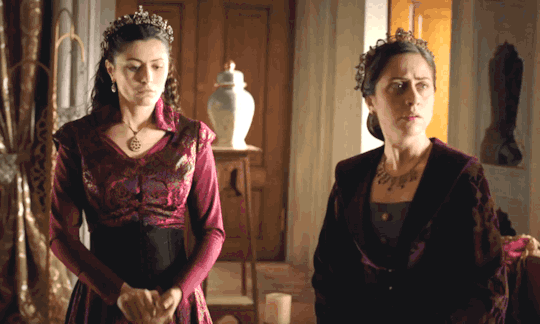

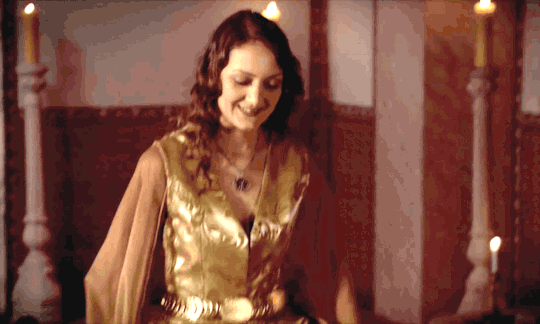

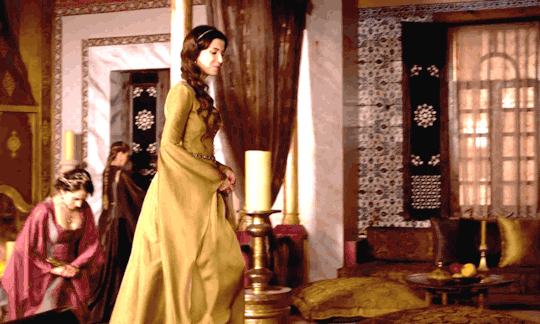




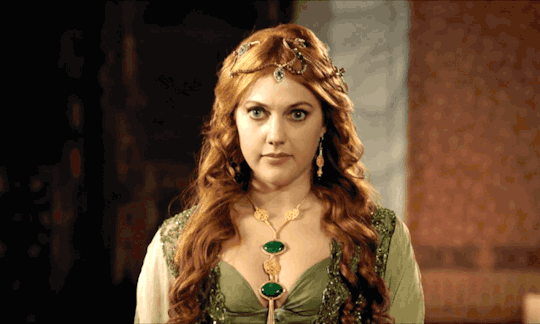


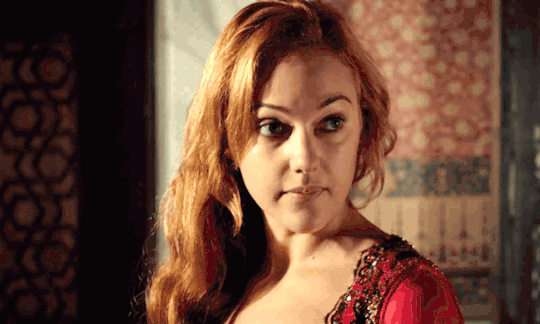




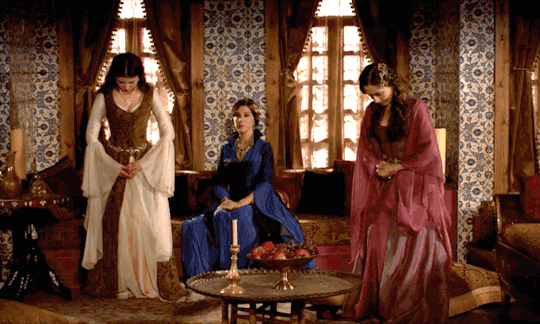


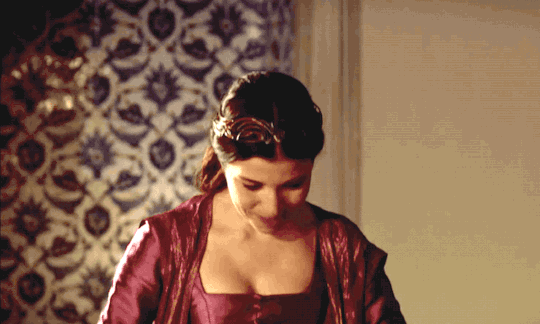



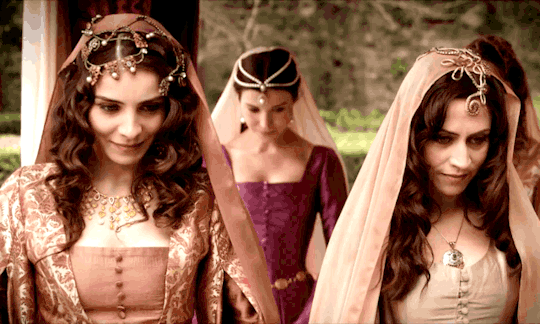


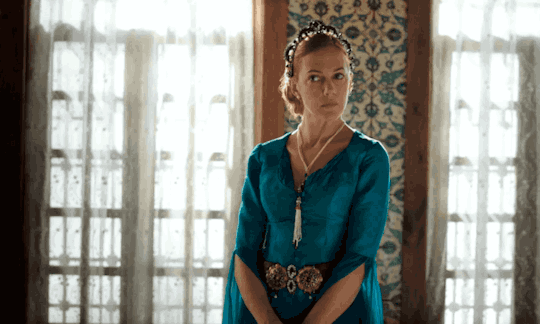
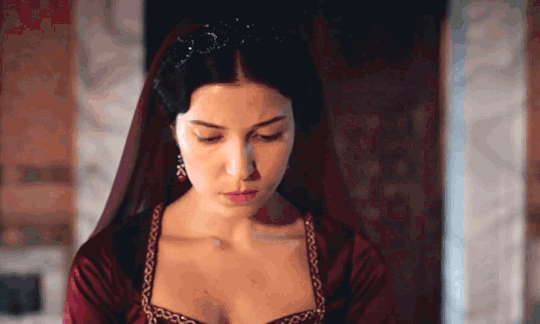

Magnificent Century AU: If the show had honored the prestige of Hürrem's status as haseki sultan. (requested by anonymous)
#Muhteşem Yüzyıl#Magnificent Century#mcedit#Muhtesem Yuzyil#MC Haseki AU#Sah Sultan#Hatice Sultan#Hurrem Sultan#weloveperioddrama#perioddramaedit#period drama#historical drama#Beyhan Sultan#Gulfem Hatun#Awkward-Sultana#The Bleeding Wounds#Cold Calculation#The Years Pass#Revenge of Hatice Sultan#The Loss#ottoman history#history
75 notes
·
View notes
Text

Leg defences for a heavy cavalryman, Ottoman Empire, late 15th century
from Peter Finer
105 notes
·
View notes
Text
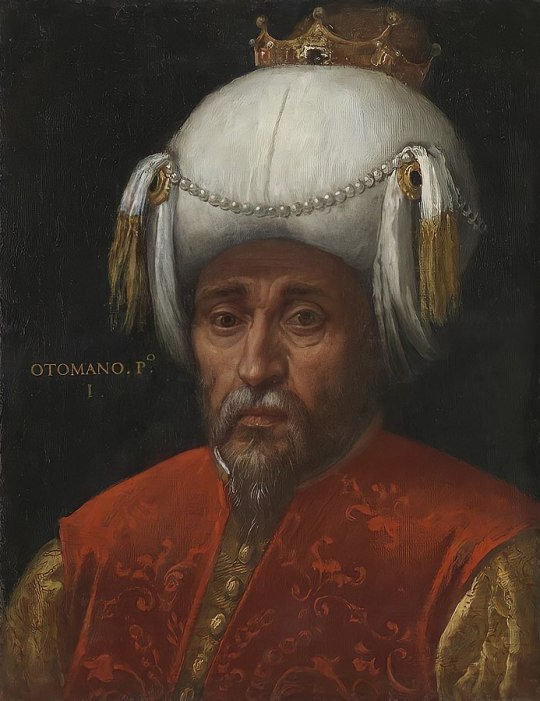
Paolo Veronese, Sultan Osman I
Osman I, Origin of the Ottoman Empire
13 notes
·
View notes
Text
Sultan Murad IV, redoubtable warrior and calligrapher? A calligraphic piece in Isl. Ms. 441
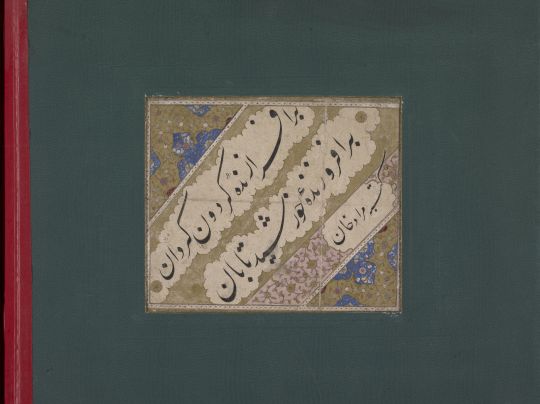
Calligraphic piece in nastaʻlīq (talik) signed by the calligrapher, most likely the Ottoman Sultan Murad IV (r.1623-1640). Fol.4b in Isl. Ms. 441, Islamic Manuscripts Collection
Enjoy this post from Sumeyra Dursun, 2023 Heid Fellow, drawn from her research in the Islamic Manuscripts Collection. Sumeyra is a doctoral candidate in the history of Islamic arts at Yildiz Technical University in Istanbul.
#libraries#archives#special collections#special collections libraries#libraries and archives#islamic manuscripts#special collections and archives#hat sanatı#hattat#yazmalar#yazma eserler#ottoman culture#ottoman history#turkish arts#turkish history#research fellowships#fellowships#heid fellows
20 notes
·
View notes